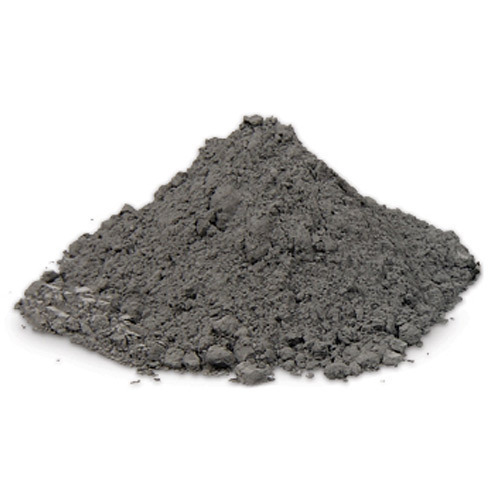Application and classification of boron carbide abrasives
Abrasives classification
Among them, abrasive products are mainly divided into two categories: corundum abrasives and silicon carbide abrasives. Specifically, there are basically the following types:
1. Brown corundum abrasive, the main component is Al2O3, with medium hardness, high toughness, sharp particles, relatively low price, suitable for processing metals with high tensile strength. Both microcrystalline corundum abrasives and black corundum abrasives are derived species.
2. The hardness of white corundum abrasive is slightly higher than that of brown corundum, but its toughness is poor. It is easy to cut into the workpiece during grinding, has good self-sharpening, low heat generation, strong grinding ability, and high efficiency. The chromium corundum abrasive is its derivative species.
3. Single crystal corundum abrasive, its particles are composed of single crystals, and have good multi-edge cutting edges, high hardness and toughness, strong grinding ability, low grinding heat, disadvantages are high production cost and output Lower, so the price is higher. Zirconium corundum abrasive is also a crystalline compound, with slightly lower hardness, finer crystal size and good wear resistance.
4. Black silicon carbide abrasives, green silicon carbide abrasives, cubic silicon carbide abrasives, cerium silicon carbide abrasives, etc., belong to silicon carbide abrasives. The main component is silicon carbide SiC, which has high hardness, high brittleness, sharp abrasive grains and good thermal conductivity. Strong wear resistance, more suitable for processing hard and brittle metal and non-metal products.
Abrasive tools usually include two categories: ordinary abrasive tools and superhard material abrasive tools.
1. Ordinary abrasive tools refer to abrasive tools made of the above-mentioned ordinary abrasives. According to the combination of abrasives, it is divided into fixed abrasives and coated abrasives, and according to different bonding agents, it can be divided into ceramic abrasives, resin abrasives, rubber abrasives, magma abrasives and other series.
2. Super-hard material abrasive tools, mainly using metal powder, metal oxide or CBN and other super-hard materials as fillers. Ordinary abrasives (such as Al2O3, SiC, etc.) can also be appropriately added to resin bond or ceramic bond or metal Abrasives made of bonding agent.


